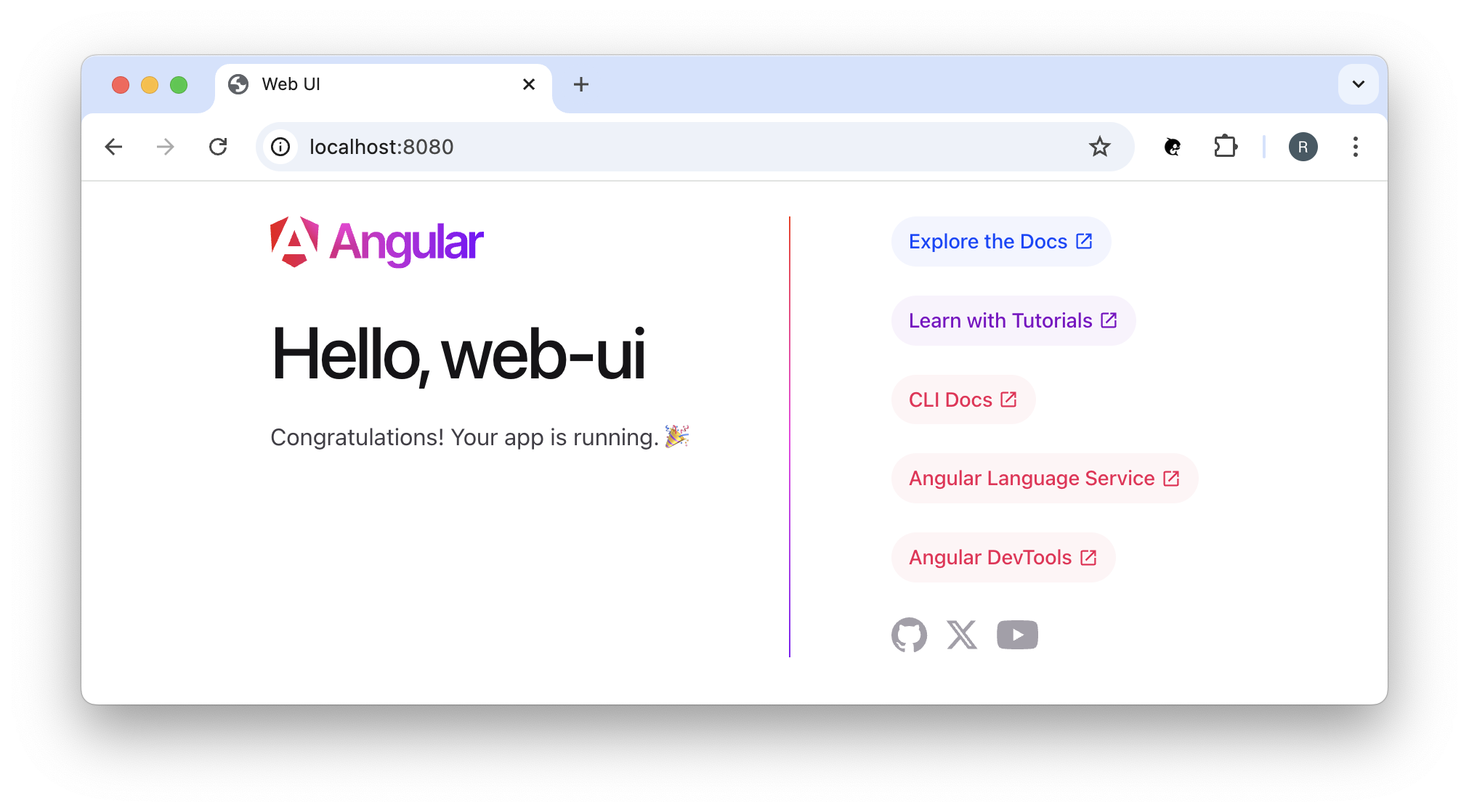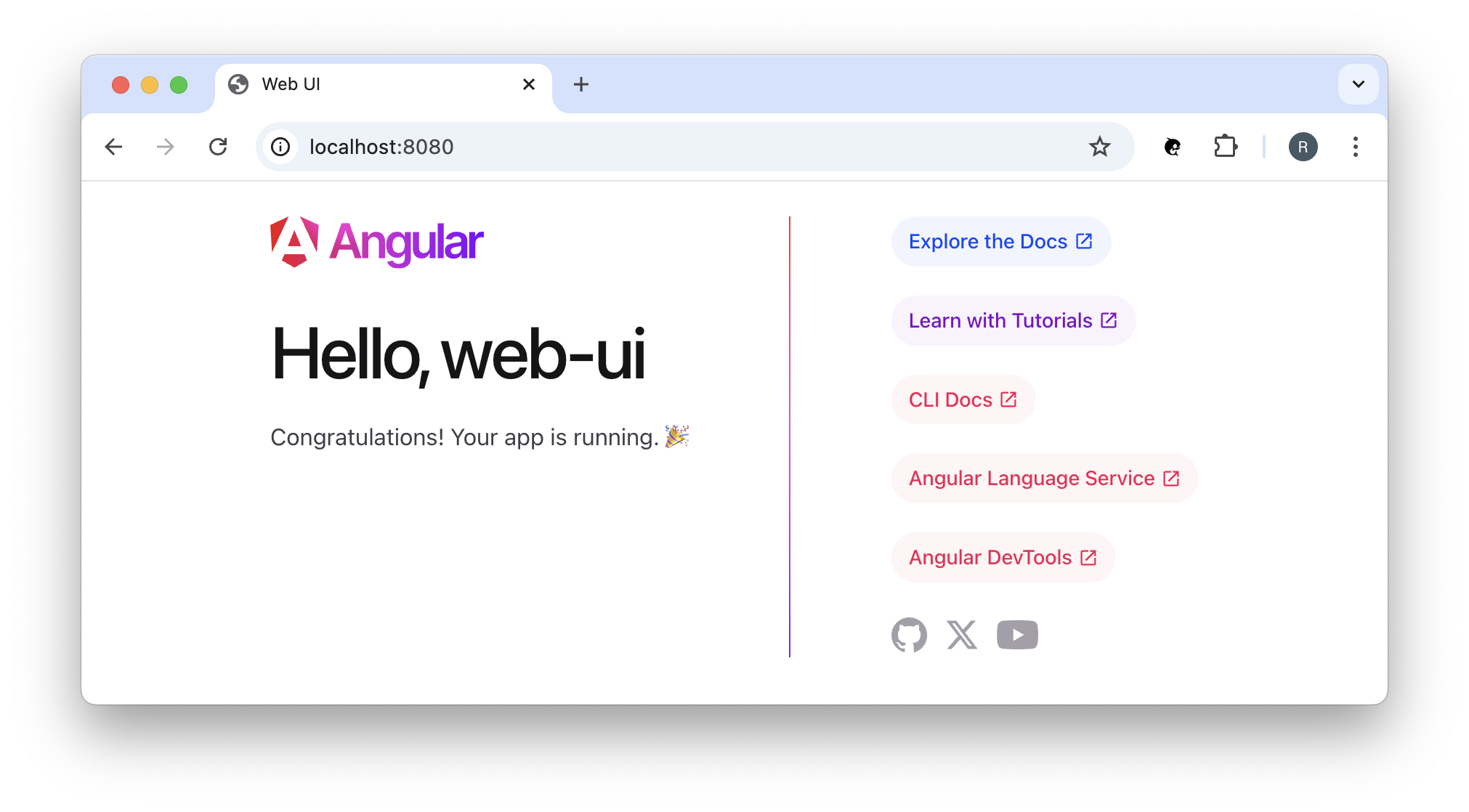Introduction
The OAuth 2.0 for Browser-Based Applications specification details the threats, attack consequences, security considerations and best practices that must be taken into account when developing browser-based applications that use OAuth 2.0.
See:
Also see:
In this post we are going to look at some options for working with Angular and Spring Boot.
Note: At the time of writing, Angular is at version 19.x and Spring Boot is at version 3.4.2.
Spring Boot
Static Content
Static content can be served from your Spring Boot application if you place it in the right location. By default, Spring Boot serves static content from resources in the classpath at /static.
For example:
├── /serendipity
└── /modules
└── /web-bff
└── /src
└── /main
└── /java
└── /resources
└── /static
├── 3rdpartylicenses.txt
├── favicon.ico
├── index.html
├── main-2STXNAPZ.js
├── polyfills-EQXJKH7W.js
├── prerendered-routes.json
├── styles-5INURTSO.css
└── /test
The index.html resource is special because, if it exists, it is used as a 'welcome page', which means it is served up as the root ('/') resource (that is, at http://localhost:8080/).
For example:

Maven Plugins
Maven Resources Plugin
You can use the maven-resources-plugin to copy your resources:
<build>
<plugins>
<plugin>
<artifactId>maven-resources-plugin</artifactId>
<executions>
<execution>
<id>copy-resources</id>
<phase>validate</phase>
<goals>
<goal>copy-resources</goal>
</goals>
<configuration>
<outputDirectory>./target/classes/static/</outputDirectory>
<resources>
<resource>
<directory>../../../frontend/dist/web-ui</directory>
</resource>
</resources>
</configuration>
</execution>
</executions>
</plugin>
...
</plugins>
</build>
Frontend Maven Plugin
Alternatively, you can place your Angular source code in your Backend for Frontend's /webapp directory:
For example:
├── /serendipity
└── /modules
└── /web-bff
└── /src
└── /main
└── /java
└── /resources
└── /webapp
└── /app
└── /environments
├── favicon.ico
├── index.html
├── main.ts
├── styles.scss
└── /test
Note: Spring Boot will ignore the src/main/webapp directory if your application is packaged as a fat (aka uber) jar.
And use the frontend-maven-plugin to run your Angular build:
<build>
<plugins>
<plugin>
<groupId>com.github.eirslett</groupId>
<artifactId>frontend-maven-plugin</artifactId>
<version>${frontend.maven.plugin.version}</version>
<executions>
<execution>
<id>nodeAndNpmSetup</id>
<goals>
<goal>install-node-and-npm</goal>
</goals>
</execution>
<execution>
<id>npmInstall</id>
<goals>
<goal>npm</goal>
</goals>
<configuration>
<arguments>install</arguments>
</configuration>
</execution>
<execution>
<id>npmRunBuild</id>
<goals>
<goal>npm</goal>
</goals>
<configuration>
<arguments>run build</arguments>
</configuration>
</execution>
</executions>
<configuration>
<nodeVersion>${node.version}</nodeVersion>
</configuration>
</plugin>
...
</plugins>
</build>
Don't forget to update the outputPath in your angular.json:
...
"build": {
"builder": "@angular-devkit/build-angular:application",
"options": {
"outputPath": {
"base": "./target/classes/static",
"browser": ""
},
...
Source Code
- GitHub: Serendipity 3.0
